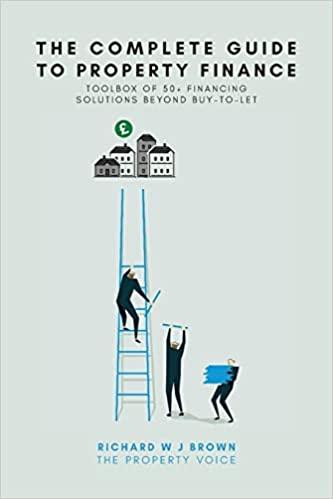Question
1 Understanding Discounting, Risk Premia, the SD, and the EMM (Easy, 40 points) This problem is quite easy, but it will help you understand what


1.25 > d=1, so that there is no arbitrage in this model. In summary, we are plugging into our standard binomial model: r = log 1.25 e' = 1.25 e" = 0.8 p=0.5 d=1 u >1.25 = (a) (2 points) With these nice numbers, it's nice to express interest rates and expected returns uncompounded, instead of continuous compounding. The risk-free rate is 25% per period. That is, if we solve r in 1 B(0) -B(1) 1+TB we get rb = 0.25 = 25%. Find the expected return on stock. That is, solve forrs in 1 S(0) = E(S(1)] 1+rs Your answer should be a simple expression in terms of u. (b) (5 points) For what values of u is rs > rb = 0.25? Your answer should be in the form of an inequality. (c) (3 points) Find the stochastic discount factor, 8(t). That is, set &(0) = 1, and find Eu and Ed. Your answer should still be in terms of u. = (d) (5 points) Under what condition is Eu re, then it means that the stock has a risk premium. This means that the stock has a high expected return to help compensate for the risk. Put differently, you are more worried about the low return of the stock (1) than the upside (u), and you need a price below the expected value discounted at the risk-free rate. How is this worry about the "down" state reflected in the SDF? (f) (5 points) Find the equivalent martingale measure Q. That is, find the probability of the up state q under the EMM Q. Again, you should have expression in terms of q. (g) (5 points) As before, under what condition on u is q
Step by Step Solution
There are 3 Steps involved in it
Step: 1

Get Instant Access to Expert-Tailored Solutions
See step-by-step solutions with expert insights and AI powered tools for academic success
Step: 2

Step: 3

Ace Your Homework with AI
Get the answers you need in no time with our AI-driven, step-by-step assistance
Get Started


